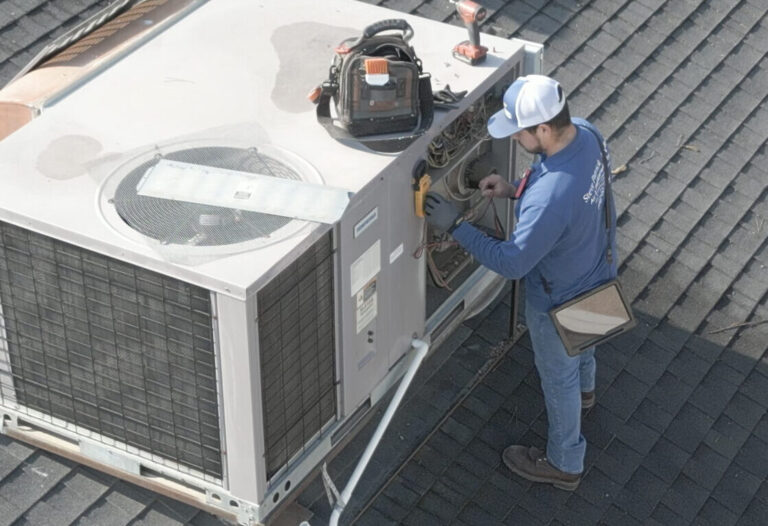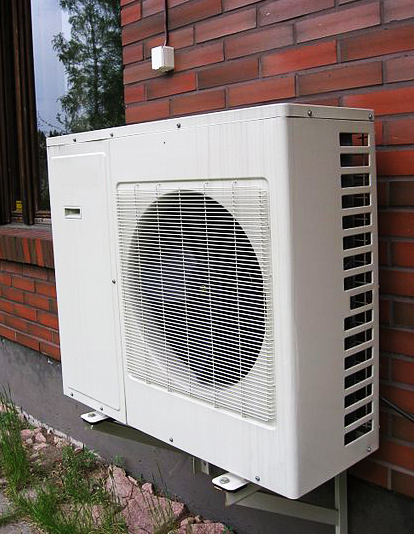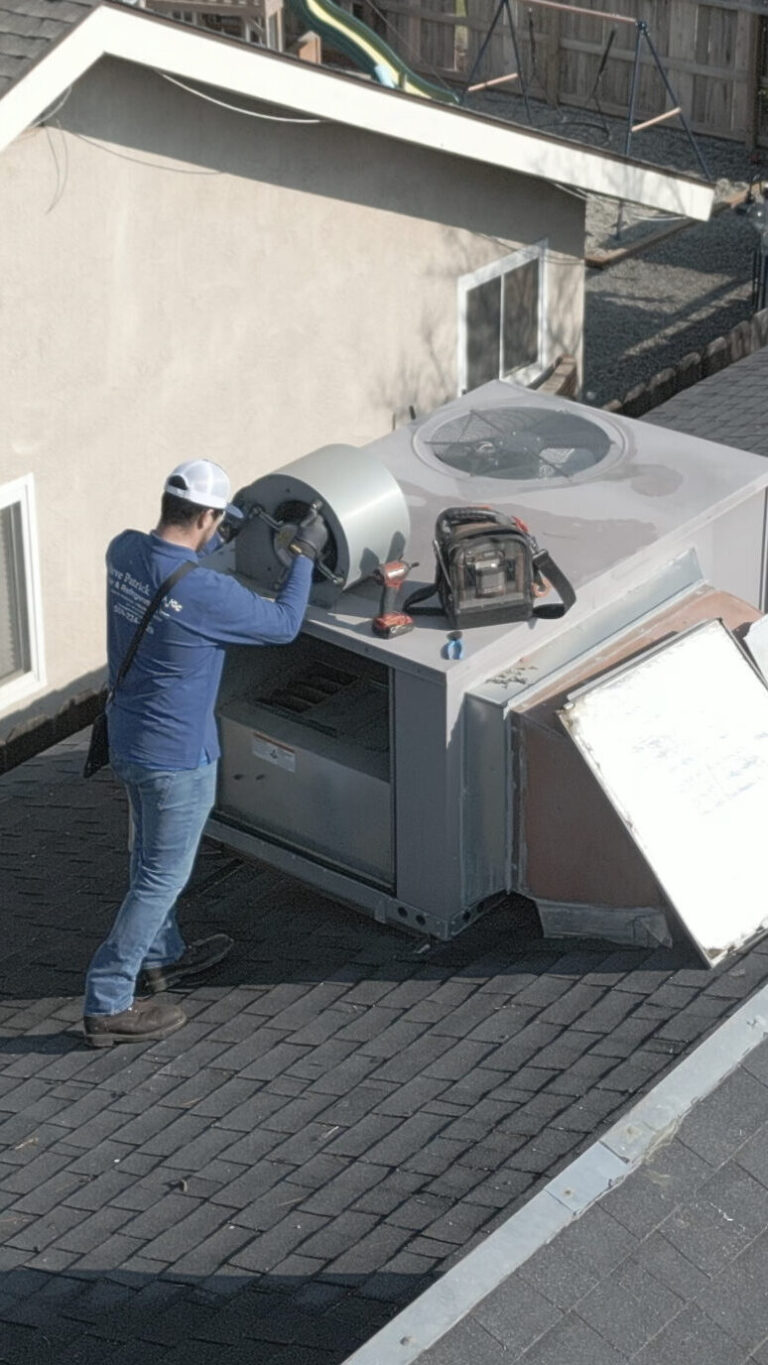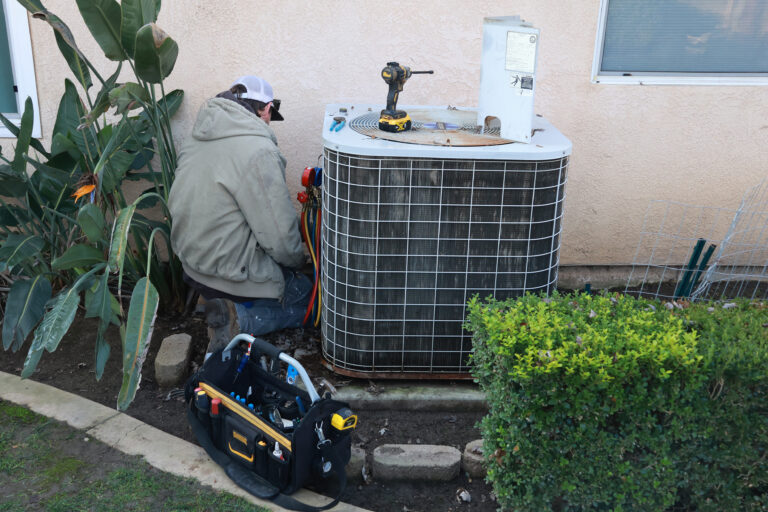Understanding furnace basics for homeowners is essential when choosing the right heating system. With several furnace types available, making a decision can feel overwhelming. In this blog post, we’ll explain how furnaces work and discuss the different options to help you choose the best one for your home.
Basic Components of a Furnace
Understanding furnace basics helps choose the right one. The main components are the combustion chamber, heat exchanger, blower, and thermostat. The combustion chamber burns fuel, producing heat. The heat exchanger transfers heat, the blower distributes warm air, and the thermostat controls temperature.
Types of Furnaces
Gas Furnace: Burns natural gas or propane, providing quick heat, ideal for cold climates.
Oil Furnace: Burns fuel oil, often used where gas isn’t available.
Electric Furnace: Uses heating elements, typically less efficient and costlier to run.
High-Efficiency Furnaces
High-efficiency furnaces use a secondary heat exchanger for improved energy efficiency, reducing energy bills.
Choosing the right furnace can be challenging, but understanding furnace basics helps simplify the process. Consider climate, fuel availability, efficiency, and cost. Always use a licensed HVAC technician for installation and maintenance. A well-functioning furnace keeps your home comfortable and ensures peace of mind. Ready to upgrade or need maintenance? Call Steve Patrick Air today at 559-224-1729 for expert assistance!
Follow us on Facebook!
Learn about financing here!






